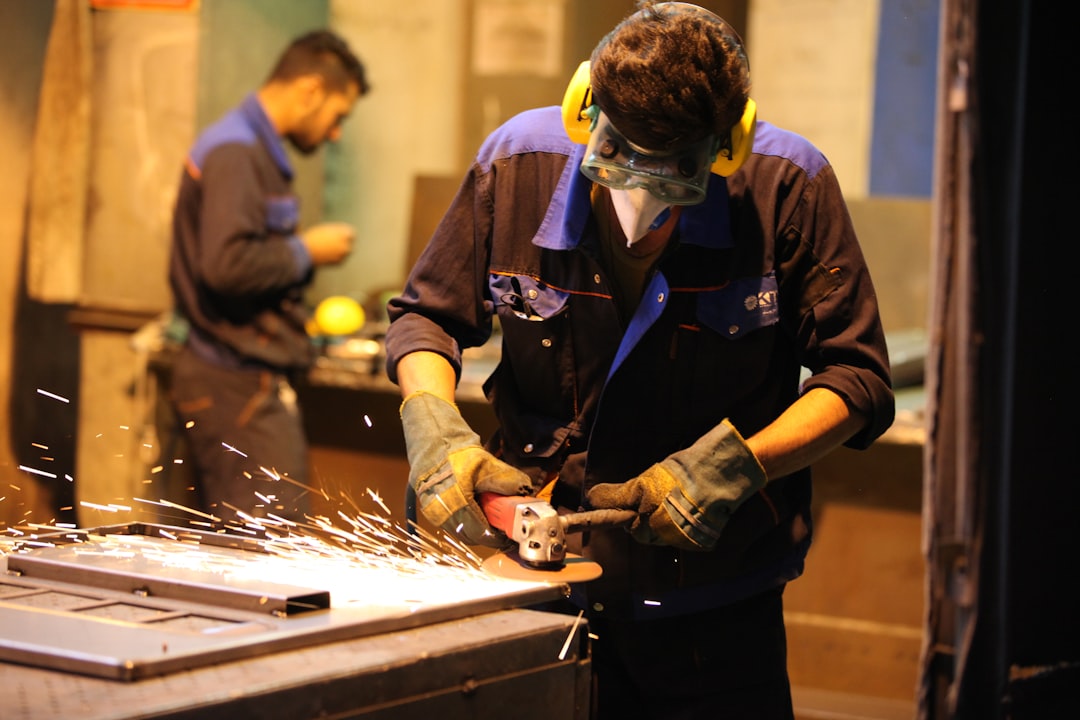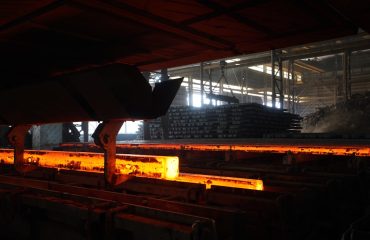body { font-family: sans-serif; line-height: 1.6; }
h1, h2, h3 { color: #333; }
code { background-color: #f0f0f0; padding: 2px 4px; border-radius: 4px; }
Steel is a ubiquitous material in modern civil engineering, forming the backbone of countless structures from skyscrapers to bridges. A strong understanding of steel design, fabrication, and construction is therefore crucial for any aspiring or practicing civil engineer. This comprehensive guide explores the essential aspects of steel training, equipping you with the knowledge to excel in this critical area.
Understanding Steel Properties and Design Principles
Before diving into design, a solid grasp of steel’s mechanical properties is essential. This includes understanding yield strength, tensile strength, ultimate strength, and ductility. Civil engineers need to be proficient in using relevant codes and standards, such as AISC (American Institute of Steel Construction) or Eurocode 3, to determine allowable stresses and design factors. This section covers the fundamental concepts of stress-strain relationships, buckling behavior, and the influence of different steel grades on structural performance. Learning to interpret material test reports and understand the implications of material variations is also critical. Furthermore, understanding the concept of limit states design – ensuring a structure’s safety under various loading conditions – is paramount. This section also delves into the use of design charts and tables provided in relevant design codes to simplify calculations and ensure compliance with regulations.
Steel Fabrication and Construction Techniques
Theoretical design is only half the battle. Civil engineers must also understand the practical aspects of steel fabrication and construction. This includes familiarity with various steel sections (e.g., I-beams, channels, angles), connection methods (bolting, welding), and the importance of proper detailing for efficient and safe construction. Understanding the processes involved in steel fabrication, from cutting and shaping to surface treatment, is vital for effective project management and quality control. This section also explores different welding techniques, their advantages and limitations, and the importance of weld inspection. Additionally, the safe handling and erection of steel members on site, including the use of appropriate lifting equipment and safety protocols, is covered. A thorough understanding of the tolerances allowed during fabrication and construction is also crucial for ensuring the structural integrity of the final product.
Advanced Steel Design Software and Analysis
Modern steel design relies heavily on sophisticated software packages. Proficiency in at least one leading software, such as ETABS, SAP2000, or RISA-3D, is practically essential for any practicing civil engineer. This section focuses on the application of these programs for analysis and design of steel structures. It covers topics such as modeling techniques, load application, analysis methods (linear and non-linear), and interpretation of results. Understanding the limitations of software and the importance of independent verification of results is also crucial. The ability to create detailed design drawings and specifications using these software packages is also a key skill. This involves understanding how to generate shop drawings, connection details, and other necessary documentation for fabrication and construction.
Case Studies and Real-World Applications
To solidify understanding, the application of steel design principles to real-world scenarios is essential. This section presents several case studies of diverse steel structures, from simple beams to complex high-rise buildings and bridges. Each case study will illustrate the design process, highlighting the challenges encountered and the solutions implemented. Analyzing successful projects helps engineers learn from best practices, while examining failures can provide invaluable lessons on avoiding common pitfalls. This section also explores the sustainable aspects of steel design, including the use of recycled steel and the minimization of environmental impact. Finally, the importance of considering factors like fire protection and corrosion prevention in steel structures is addressed.
Continuing Professional Development in Steel Design
The field of steel design is constantly evolving, with new materials, techniques, and software emerging regularly. Continuous professional development is therefore crucial for staying ahead of the curve. This section explores various avenues for continuing education, such as attending workshops, conferences, and online courses. Keeping up-to-date with the latest codes, standards, and research is also essential. Joining professional organizations like the AISC or similar international bodies provides access to valuable resources and networking opportunities. Furthermore, actively participating in industry projects and seeking mentorship from experienced professionals can significantly enhance skill development and career progression. This section concludes with a discussion of the importance of obtaining relevant certifications to demonstrate competence and professionalism in the field.
Mastering steel design is a journey, but one that is incredibly rewarding for civil engineers. By focusing on the fundamental principles, practical applications, and continuous learning, you can build a strong foundation for a successful and impactful career in this dynamic field.
Tags: Steel Design, Civil Engineering, Steel Structures, AISC, Structural Analysis, Steel Fabrication




